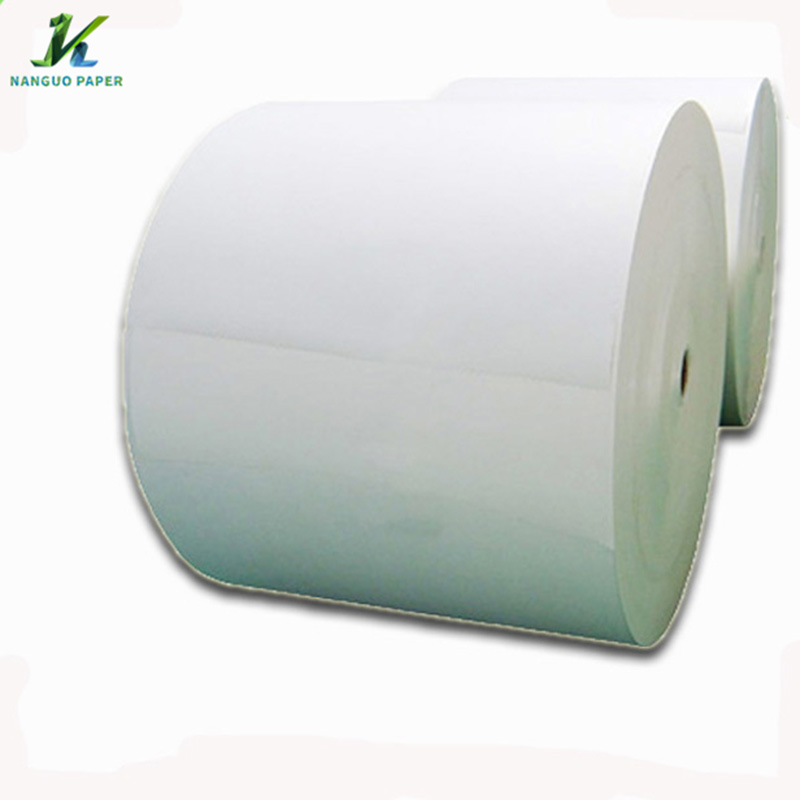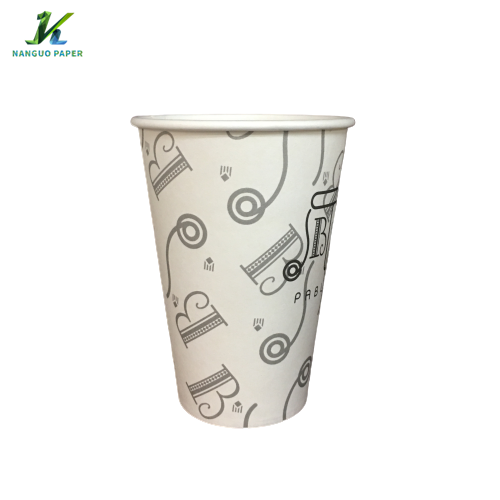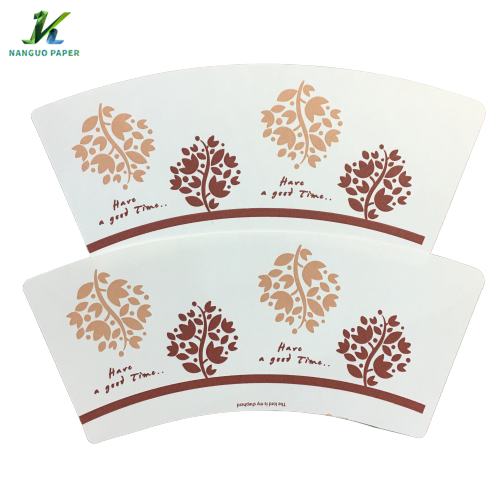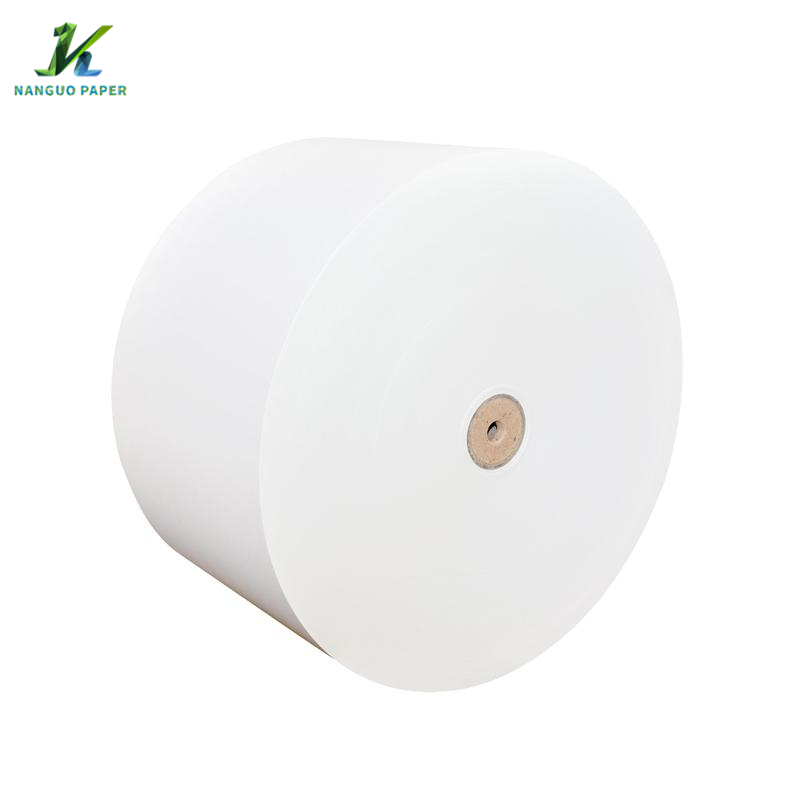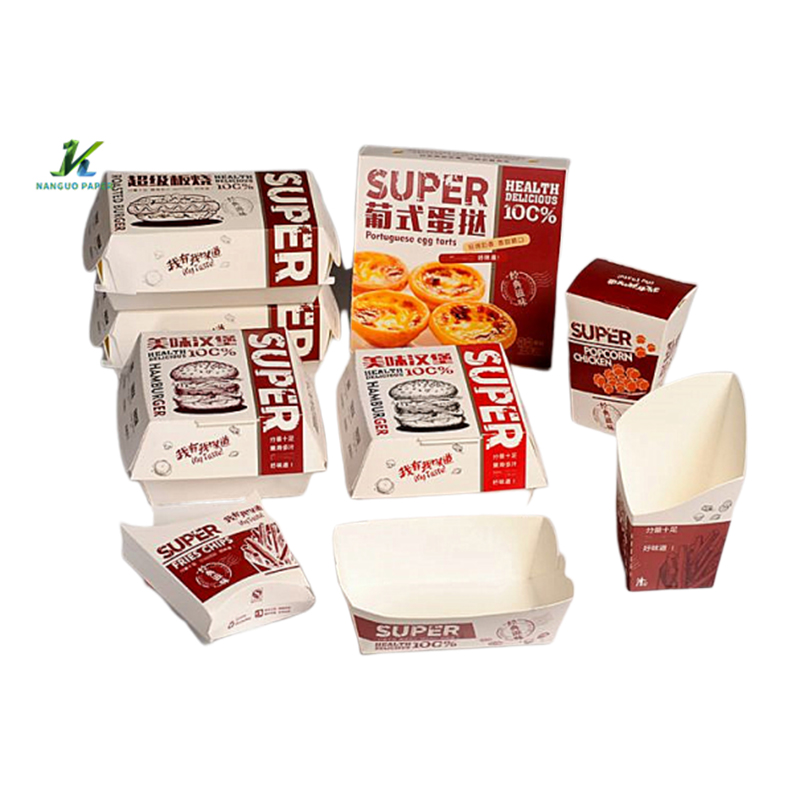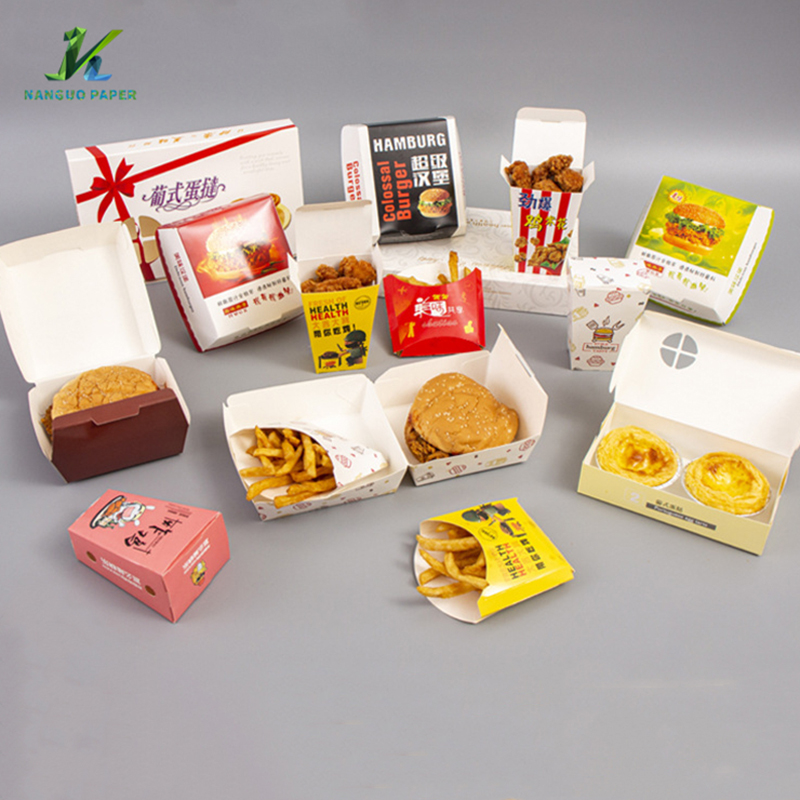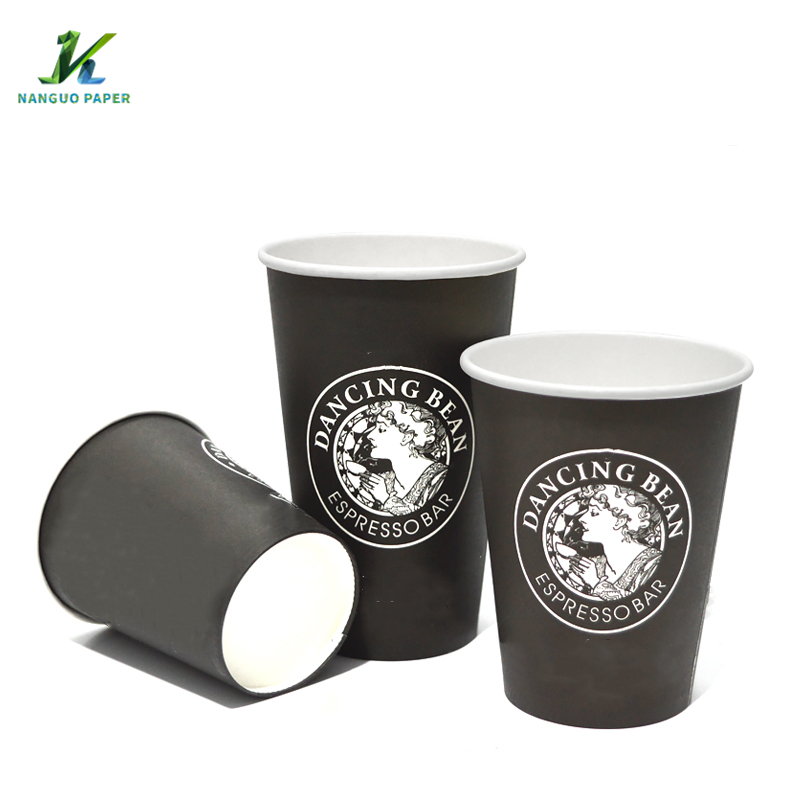China Paper Cup Fan and PE Coated Paper price - Manufacturers, Factory, Suppliers from China
Overall, using paper made from bagasse is a sustainable solution that not only reduces dependence on forests, but also offers a wide range of uses. By choosing to use sugarcane paper, companies can realize economic benefits while protecting the environment. Against the current backdrop of increasing calls for environmental protection around the world, adopting this sustainable paper manufacturing solution will be one of the key strategies for sustainable business development. China Paper Cup Fan and PE Coated Paper price, Chicken Wing Box , Sustainable Paper Companies , Environmentally Friendly Shipping Materials ,Environmentally Friendly Packaging Options . Paper bags are made of diverse materials, each with its own unique features and advantages. White cardboard is one of the commonly used materials, its texture is firm and thick, with high stiffness and breakage resistance, while its smoothness is also first-class. This makes paper bags made of white cardboard able to withstand heavier items, not easy to break, and comfortable to the touch. Copperplate paper, on the other hand, is favored for its very glossy and flat paper surface, high whiteness and good gloss. Graphics and images printed on coated paper have a three-dimensional feel, giving people an elegant visual enjoyment. However, it should be noted that coated paper is not as hard as white cardboard, so it is relatively weak in terms of load bearing. The product will supply to all over the world, such as Europe, America, Australia,Doha, Philippines,Mauritius, Latvia.The byproducts of sugar production are typically incinerated, but in sugarcane paper production, these byproducts are converted into pulp and reused. Sugarcane anaerobic paper is the highest quality paper available and blends perfectly with all high-end finishes, from PE to PLA film.Renewable and Compostable.Our Free-less sugarcane Paper is made from 100% renewable, biodegradable, and compostable materials. Sugarcane is renewed every 12 months and biodegrades in 90 days. Nevertheless, we recommend recycling packages made from sugarcane paper just like any other cardboard.Reducing Emissions.We reduce carbon emissions in two ways:First, it uses sugarcane, a byproduct of sugar production, to convert sugarcane that would normally be burned into pulp.Second, because no trees are cut down or forests destroyed in the process of making this paper, deforestation and associated carbon emissions are reduced.We are the only packaging manufacturer in the China offering this eco-conscious option. Get in touch with us to learn more.
Related Products





